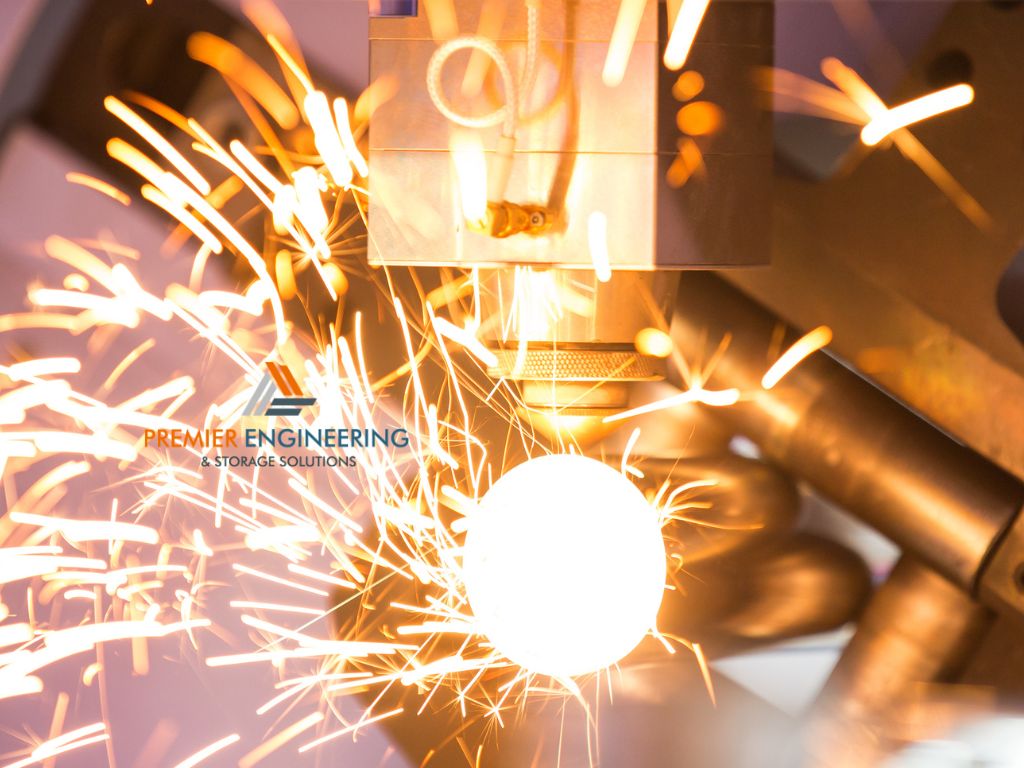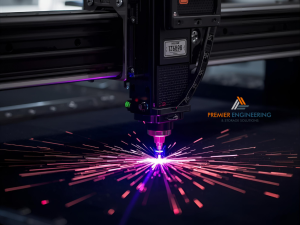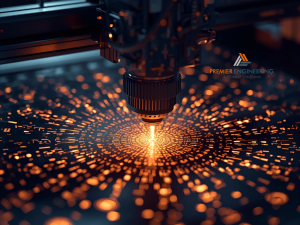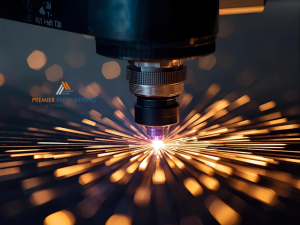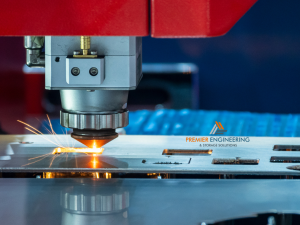If you’re designing parts for cnc sheet metal fabrication, it helps to understand how the process works from start to finish. It typically starts with a flat sheet of metal — like steel, aluminium, or stainless — which is cut, bent, and shaped using advanced machines.
The process includes several steps:
-
cnc cutting services to shape the sheet
-
laser cutting for clean edges and precision
-
Bending or folding to create structure
-
Assembly or welding if needed
Knowing how each step works makes it easier to design smarter. You’ll also avoid common mistakes that could slow down production or add to your costs.
Why design matters just as much as cutting
Good design sets the tone for everything that follows. A part that’s designed clearly and correctly can be made faster, with fewer mistakes and less waste. In cnc sheet metal fabrication, even small design changes can improve efficiency and material use.
By thinking ahead during the design phase, you help fabricators deliver high-quality parts — without delays or expensive revisions. It’s a win-win for everyone involved.
Make designs suitable for cnc cutting services
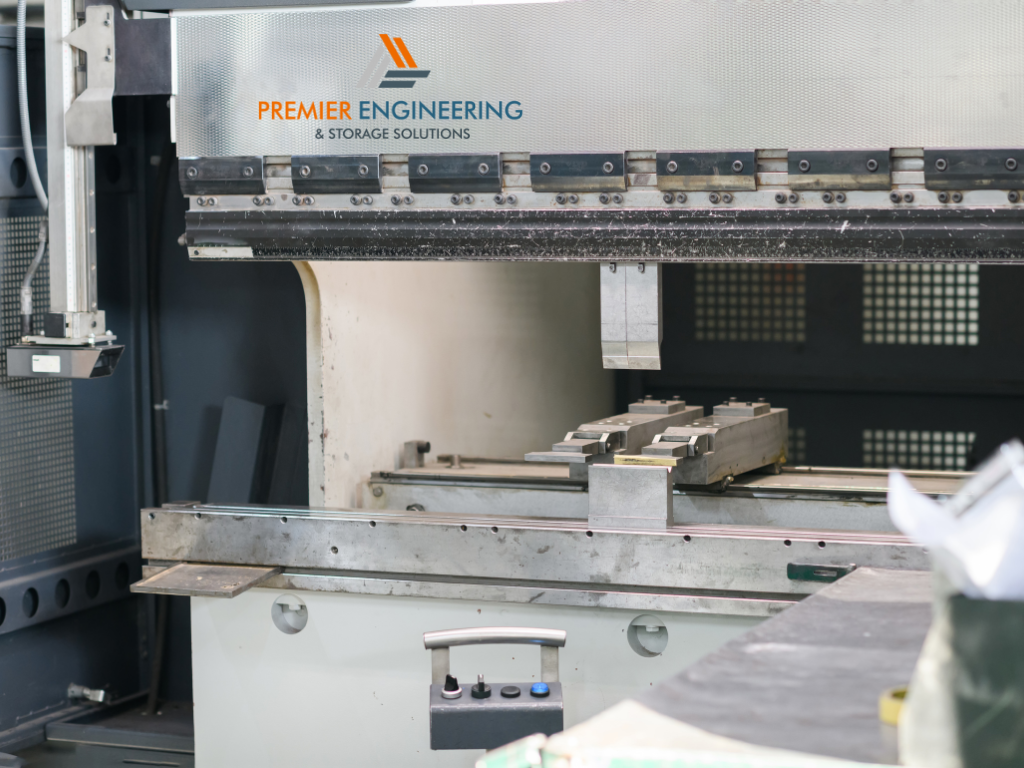
Keep it flat, clean, and simple
The best designs for cnc cutting services are the ones that are easy to read and easy to cut. Flat layouts with simple shapes are ideal, especially when working with sheet metal. Avoid unnecessary curves, tight corners, or overly detailed patterns unless they’re truly needed.
Keeping your design clean also helps reduce cutting time. That means faster turnaround and lower costs. It also leads to better edge quality — which means less finishing work later.
Watch your lines and tolerances
It’s important to pay attention to tolerances — the small gaps or fits between different parts. If parts are designed too tightly, they might not fit after cutting or bending. If they’re too loose, they may wobble or shift during assembly.
Work with standard tolerance guidelines and communicate clearly with your cnc sheet metal fabrication team. And make sure your cut lines are sharp and precise — especially for critical features like holes, slots, or tabs. That way, everything fits together smoothly the first time.
Design with laser cutting and bending in mind
How laser cutting impacts your material choice
Not all materials respond the same to laser cutting. Thinner sheets are usually easier to cut and leave cleaner edges. Thicker metals may require slower cuts and can show more heat-affected zones. It’s best to check the recommended thickness range for your specific laser cutting service.
Aluminium, for example, reflects more light and might need special attention. Choosing the right material from the start helps avoid rework, reduces burn marks, and keeps the final finish looking clean and professional.
Plan for bend reliefs and edge clearances
If your part needs bending after cutting, design for it early. That means leaving extra space around edges where bends will happen and including relief cuts where needed. These small details prevent cracking, tearing, or distortion during the bending process.
Also, don’t forget to allow for material thickness in your design. Bends change the overall length of the part slightly, so your design needs to account for that. By planning ahead, you’ll get more accurate bends and a better overall finish.
Minimise sharp corners and over-detailing
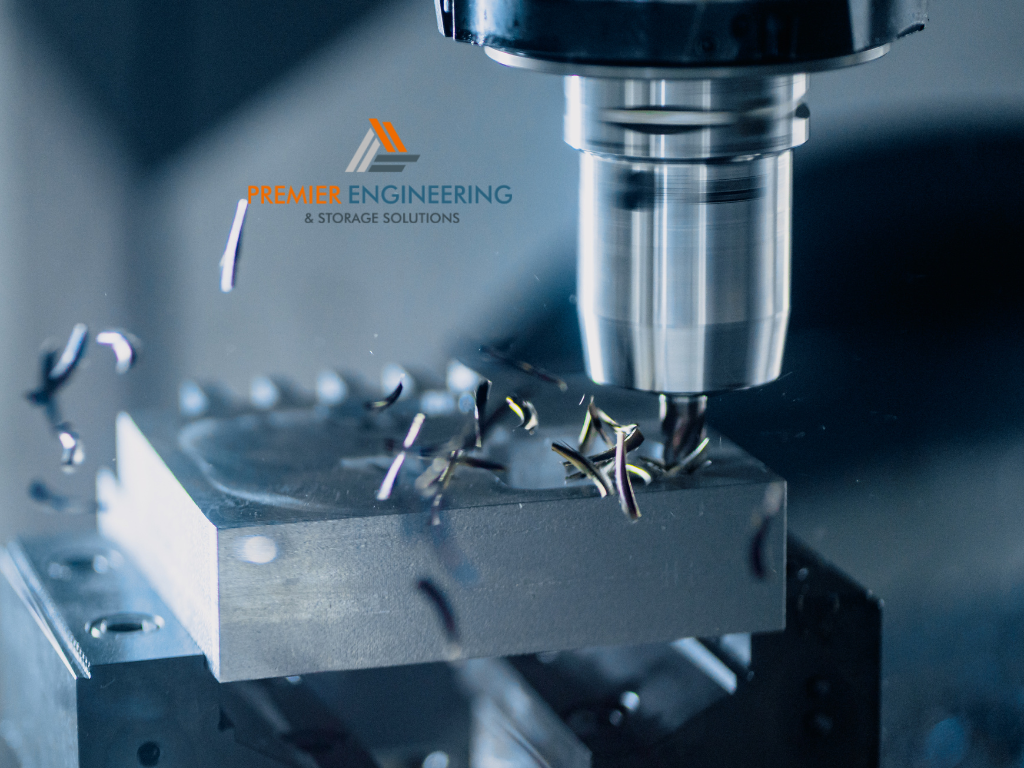
Why less is often more in cnc sheet metal fabrication
When designing for cnc sheet metal fabrication, it’s tempting to add a lot of detail — especially if you’re aiming for something custom or decorative. But too many sharp angles, tiny cutouts, or complex shapes can slow down production, increase costs, and even weaken the part.
Smooth transitions, rounded corners, and simplified shapes are much easier to cut and often more durable. Simpler designs also result in cleaner edges and faster processing through cnc cutting services.
How sharp corners affect laser cutting service efficiency
Sharp internal corners are tough for laser cutting machines. The beam has to slow down, pause, or change direction sharply — which increases heat in those spots. That extra heat can lead to burrs, discoloration, or slight warping.
To help your laser cutting service provider, use small radii (like 1–2 mm) instead of 90-degree internal corners. This makes the cutting process smoother and the final result more precise.
Make assembly and welding easier through smarter design
Use tabs, slots, and folding lines wisely
If your sheet metal part will be folded, welded, or assembled with other pieces, think about how everything fits together. Built-in design features like tabs and slots make it easier to align parts during assembly — no extra measuring or guesswork needed.
Well-placed folding lines can also replace some welds altogether, which saves time and lowers production costs. Your cnc cutting services provider can cut these features into the sheet before bending, making the whole process more efficient.
How good design reduces secondary operations
Designing for cnc sheet metal fabrication isn’t just about the cutting — it’s also about what happens after. When your part fits perfectly without needing to be trimmed, re-bent, or re-welded, that’s a sign of smart design.
Reducing the need for grinding, finishing, or extra welding speeds up production and saves money. It also reduces the chances of mistakes during assembly. Working closely with your laser cutting service team ensures your design is ready for real-world manufacturing — not just what looks good on screen.
Final checks before sending your design to a cnc sheet metal fabrication provider
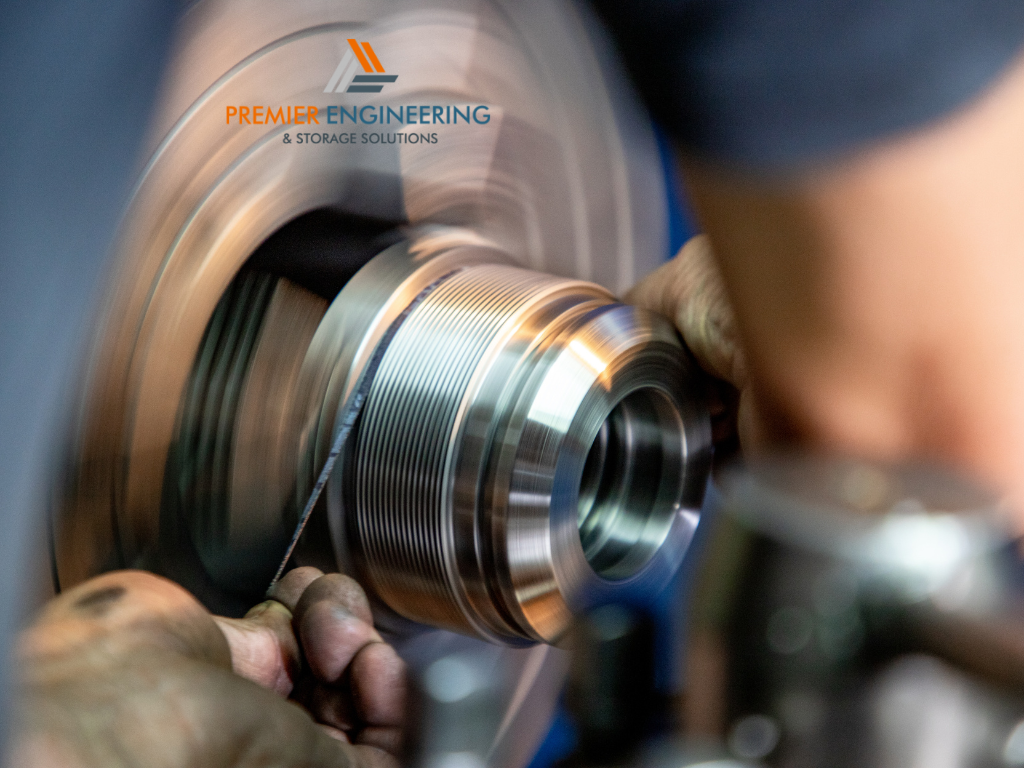
Double-check your file formats and cut paths
Before you submit your design for production, make sure everything is in the right format. Most cnc cutting services prefer files like DXF or DWG for 2D cutting. Be sure your layers are clean, your cut paths are closed, and your text is converted to outlines if needed.
Also include notes on materials, thickness, tolerances, and any bending or finishing instructions. This avoids confusion and helps your cnc sheet metal fabrication team prepare everything accurately.
Work with your fabricator early in the process
One of the best things you can do is involve your laser cutting or fabrication team early on — not just at the end. They can review your drawings, offer suggestions, and flag potential issues before production starts.
This kind of teamwork leads to better designs, smoother fabrication, and fewer surprises along the way. A strong relationship with your laser cutting service provider is just as valuable as your design software.

